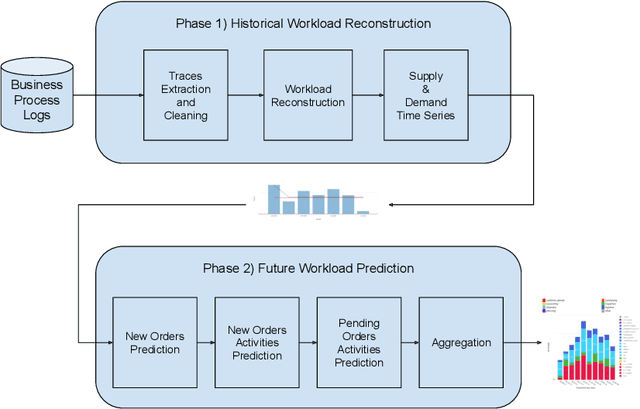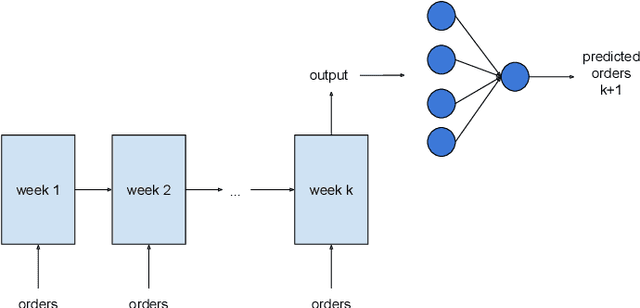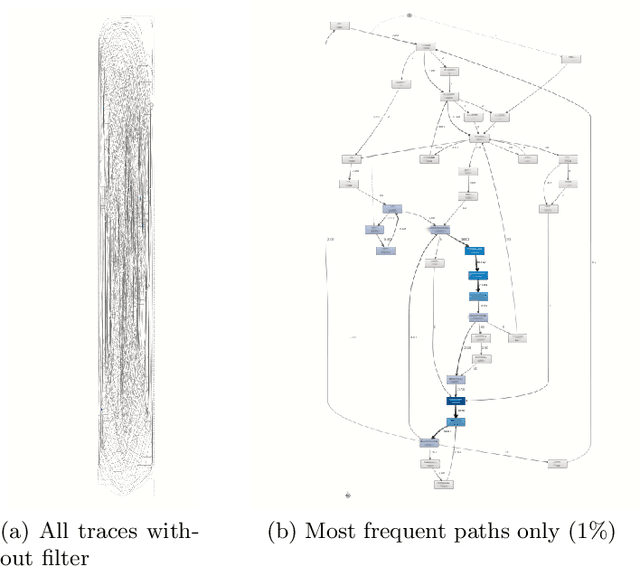Fabrizio Albertetti
Change points detection in crime-related time series: an on-line fuzzy approach based on a shape space representation
Dec 18, 2023Abstract:The extension of traditional data mining methods to time series has been effectively applied to a wide range of domains such as finance, econometrics, biology, security, and medicine. Many existing mining methods deal with the task of change points detection, but very few provide a flexible approach. Querying specific change points with linguistic variables is particularly useful in crime analysis, where intuitive, understandable, and appropriate detection of changes can significantly improve the allocation of resources for timely and concise operations. In this paper, we propose an on-line method for detecting and querying change points in crime-related time series with the use of a meaningful representation and a fuzzy inference system. Change points detection is based on a shape space representation, and linguistic terms describing geometric properties of the change points are used to express queries, offering the advantage of intuitiveness and flexibility. An empirical evaluation is first conducted on a crime data set to confirm the validity of the proposed method and then on a financial data set to test its general applicability. A comparison to a similar change-point detection algorithm and a sensitivity analysis are also conducted. Results show that the method is able to accurately detect change points at very low computational costs. More broadly, the detection of specific change points within time series of virtually any domain is made more intuitive and more understandable, even for experts not related to data mining.
Workload Prediction of Business Processes -- An Approach Based on Process Mining and Recurrent Neural Networks
Feb 14, 2020



Abstract:Recent advances in the interconnectedness and digitization of industrial machines, known as Industry 4.0, pave the way for new analytical techniques. Indeed, the availability and the richness of production-related data enables new data-driven methods. In this paper, we propose a process mining approach augmented with artificial intelligence that (1) reconstructs the historical workload of a company and (2) predicts the workload using neural networks. Our method relies on logs, representing the history of business processes related to manufacturing. These logs are used to quantify the supply and demand and are fed into a recurrent neural network model to predict customer orders. The corresponding activities to fulfill these orders are then sampled from history with a replay mechanism, based on criteria such as trace frequency and activities similarity. An evaluation and illustration of the method is performed on the administrative processes of Heraeus Materials SA. The workload prediction on a one-year test set achieves an MAPE score of 19% for a one-week forecast. The case study suggests a reasonable accuracy and confirms that a good understanding of the historical workload combined to articulated predictions are of great help for supporting management decisions and can decrease costs with better resources planning on a medium-term level.
 Add to Chrome
Add to Chrome Add to Firefox
Add to Firefox Add to Edge
Add to Edge